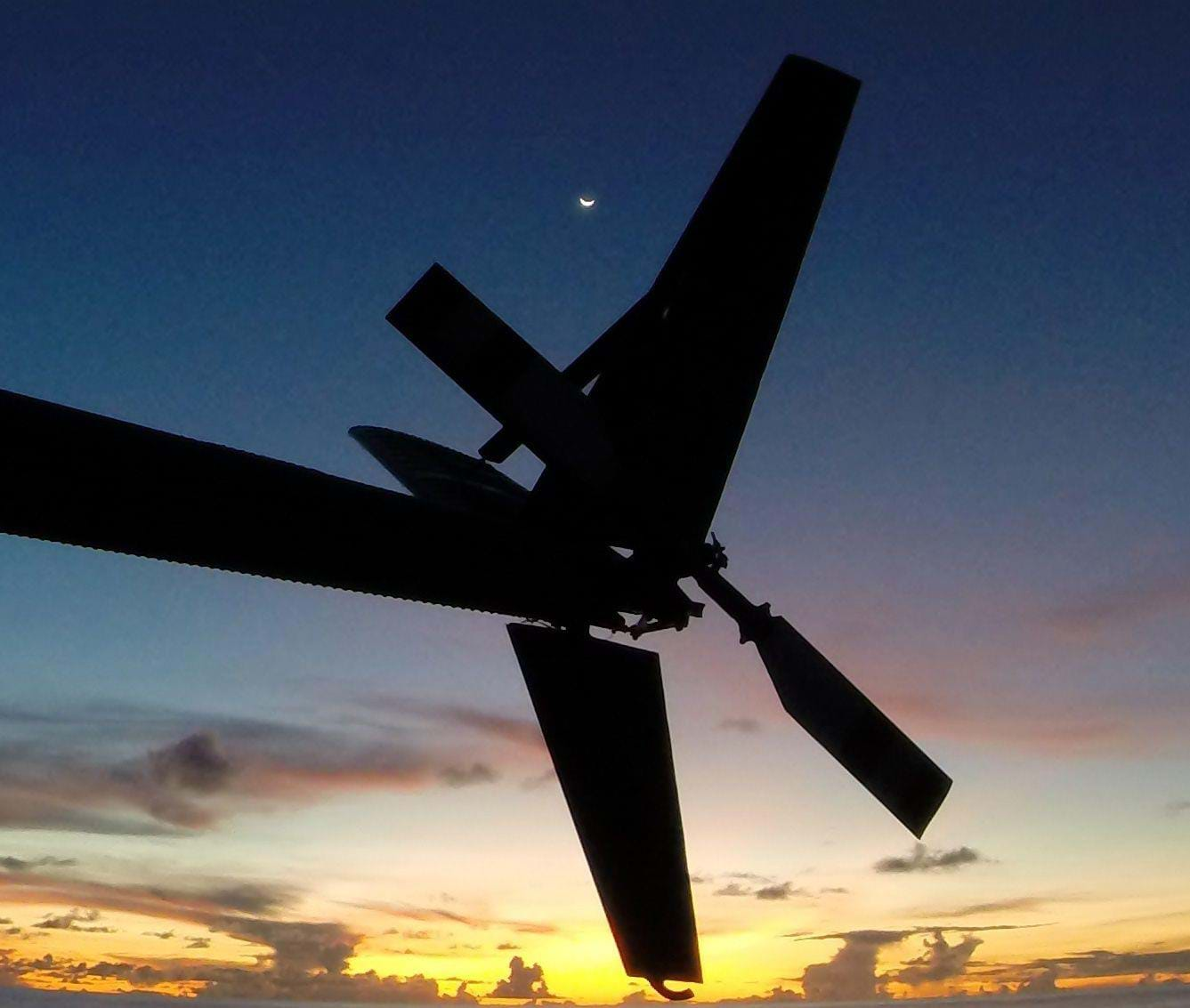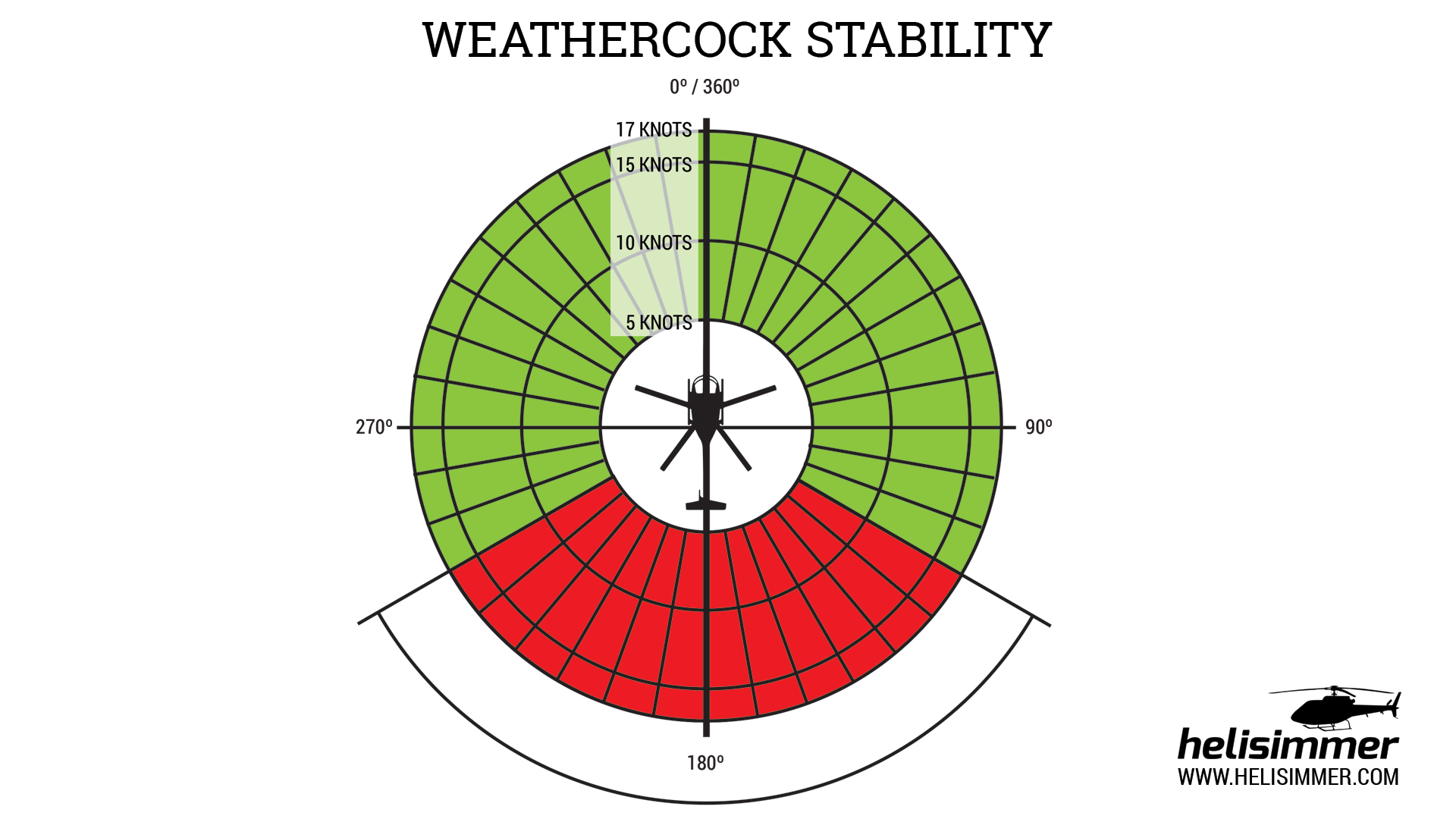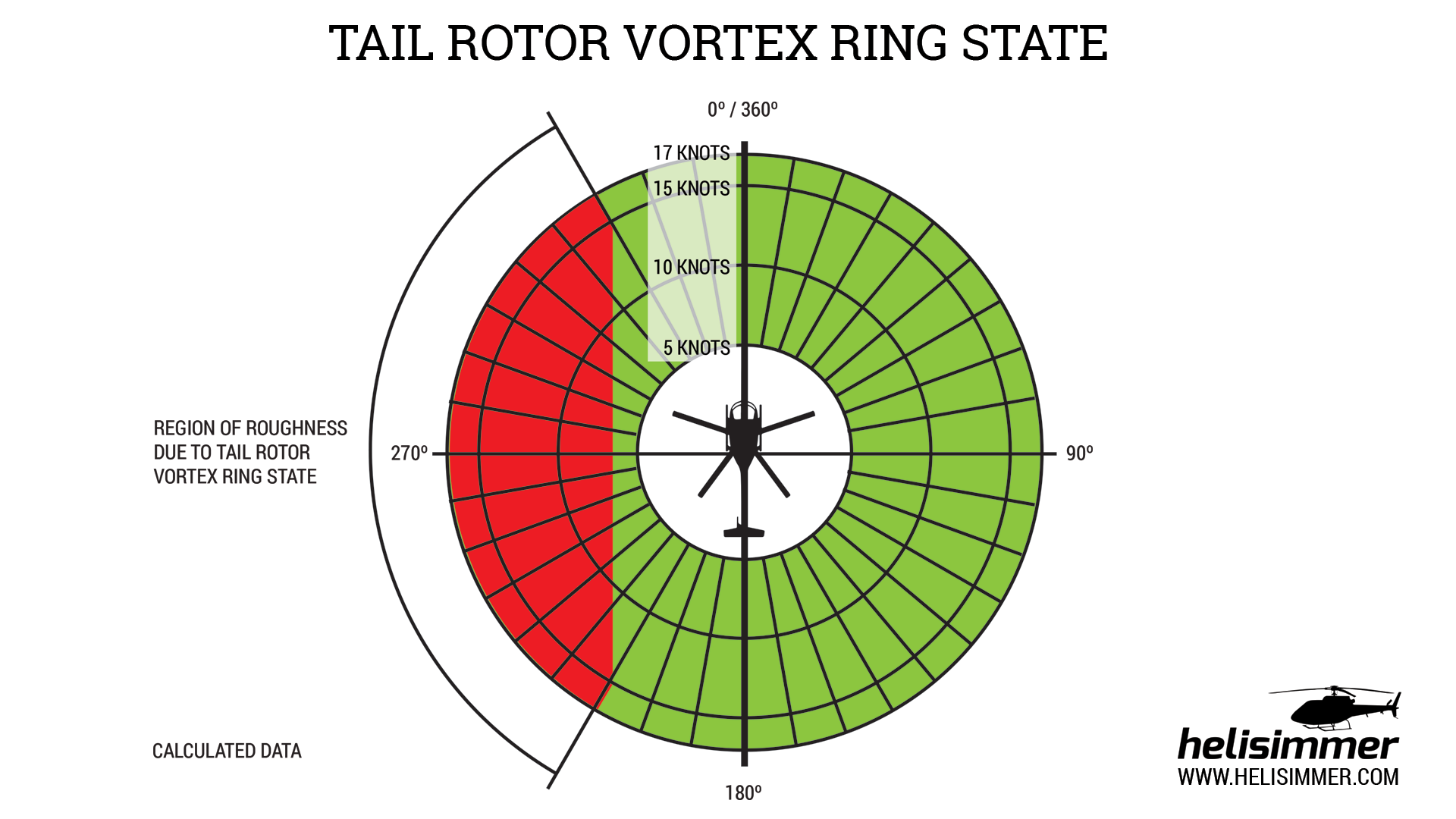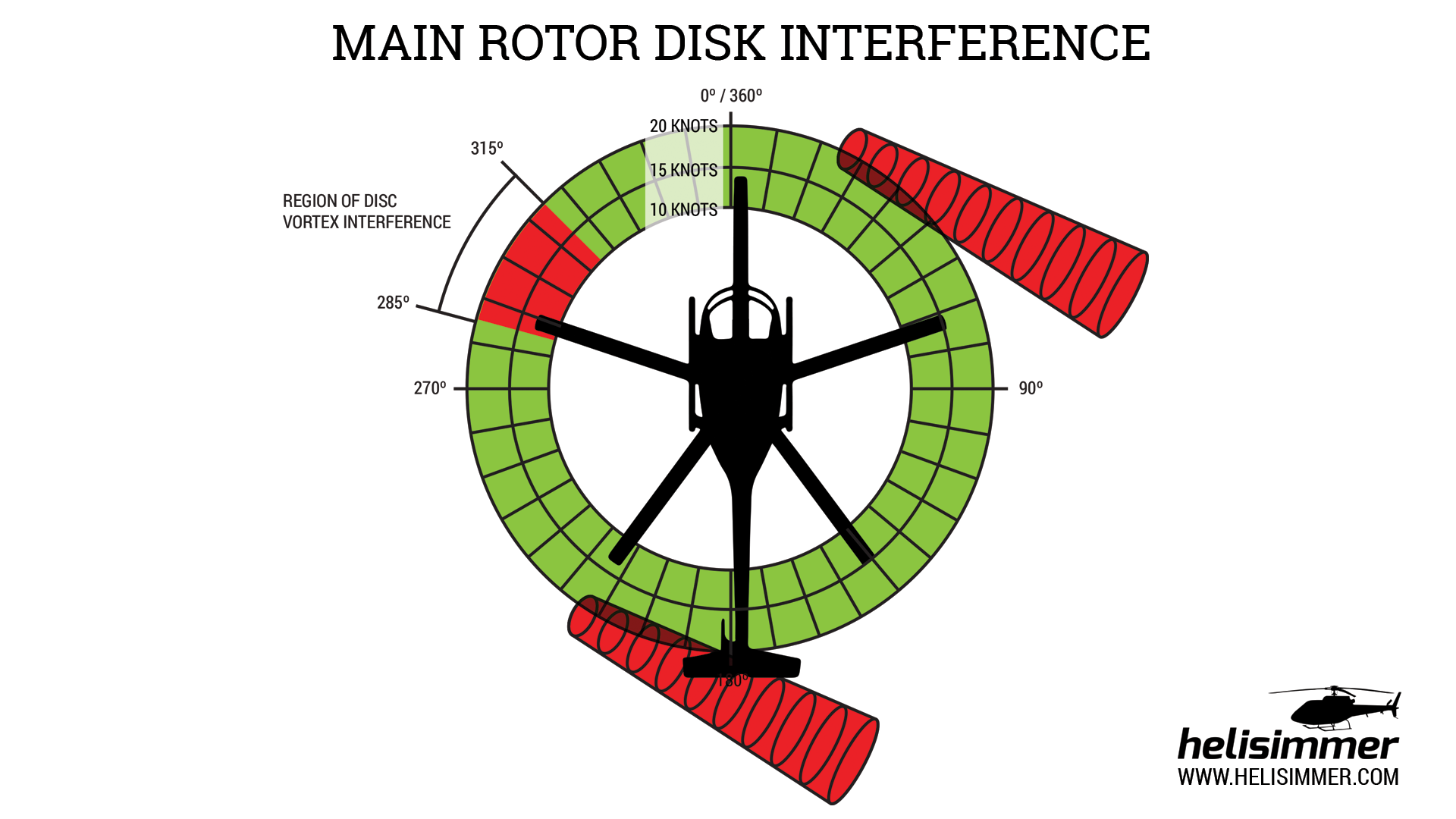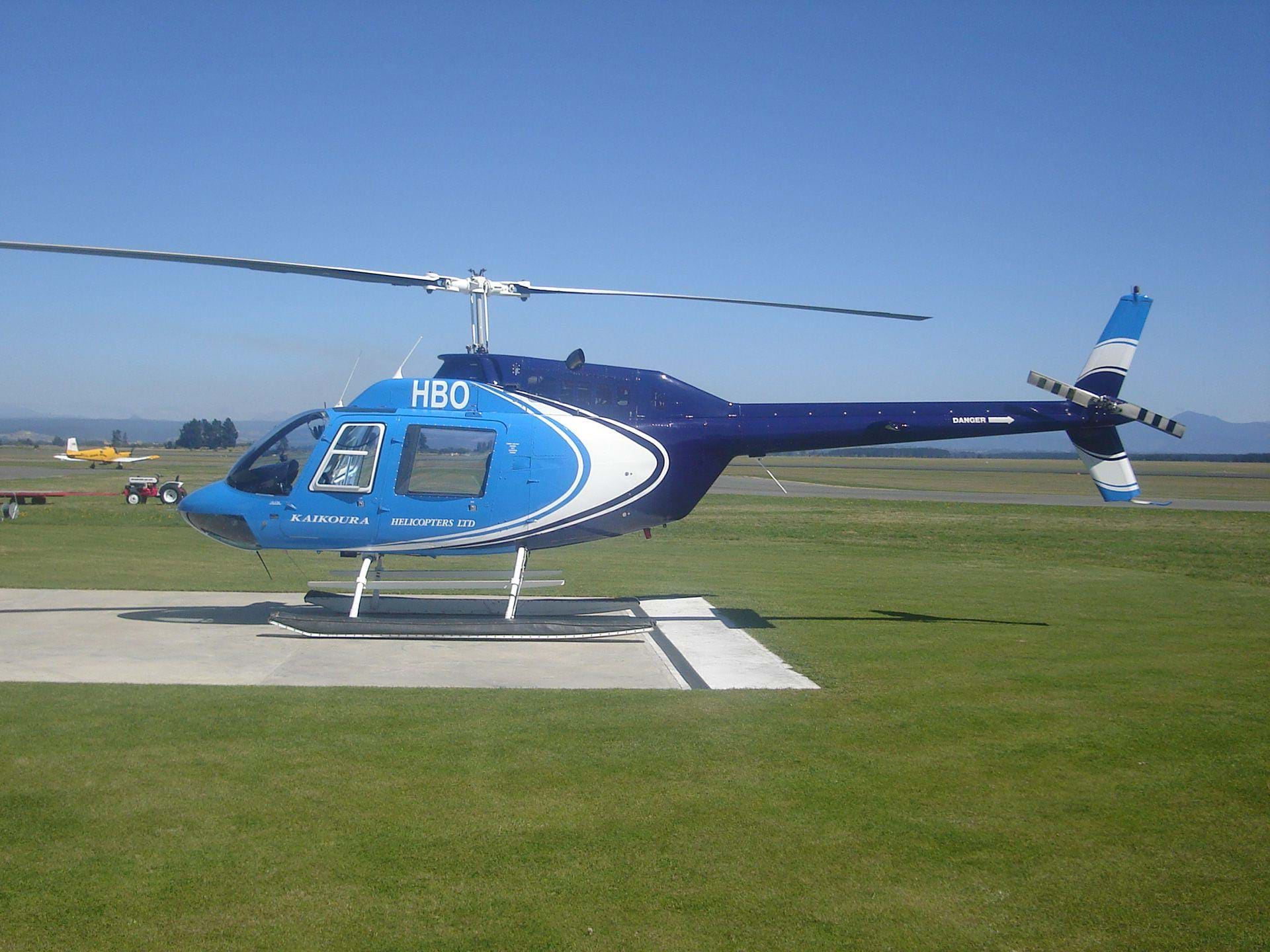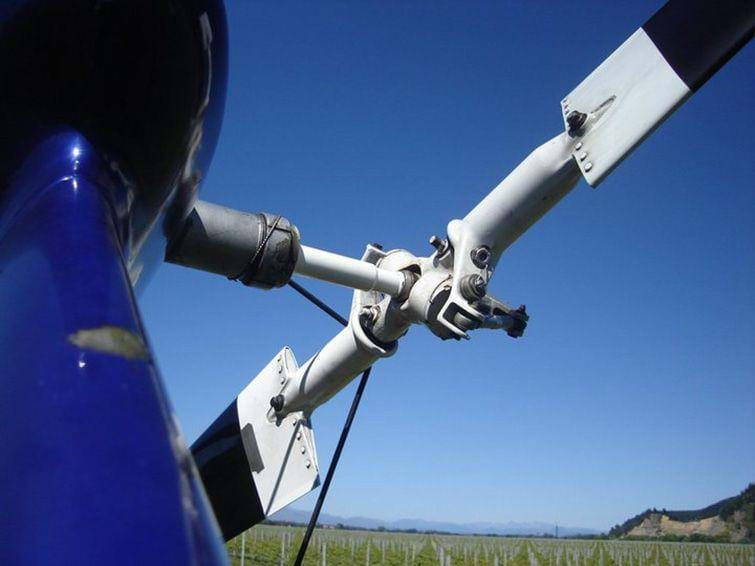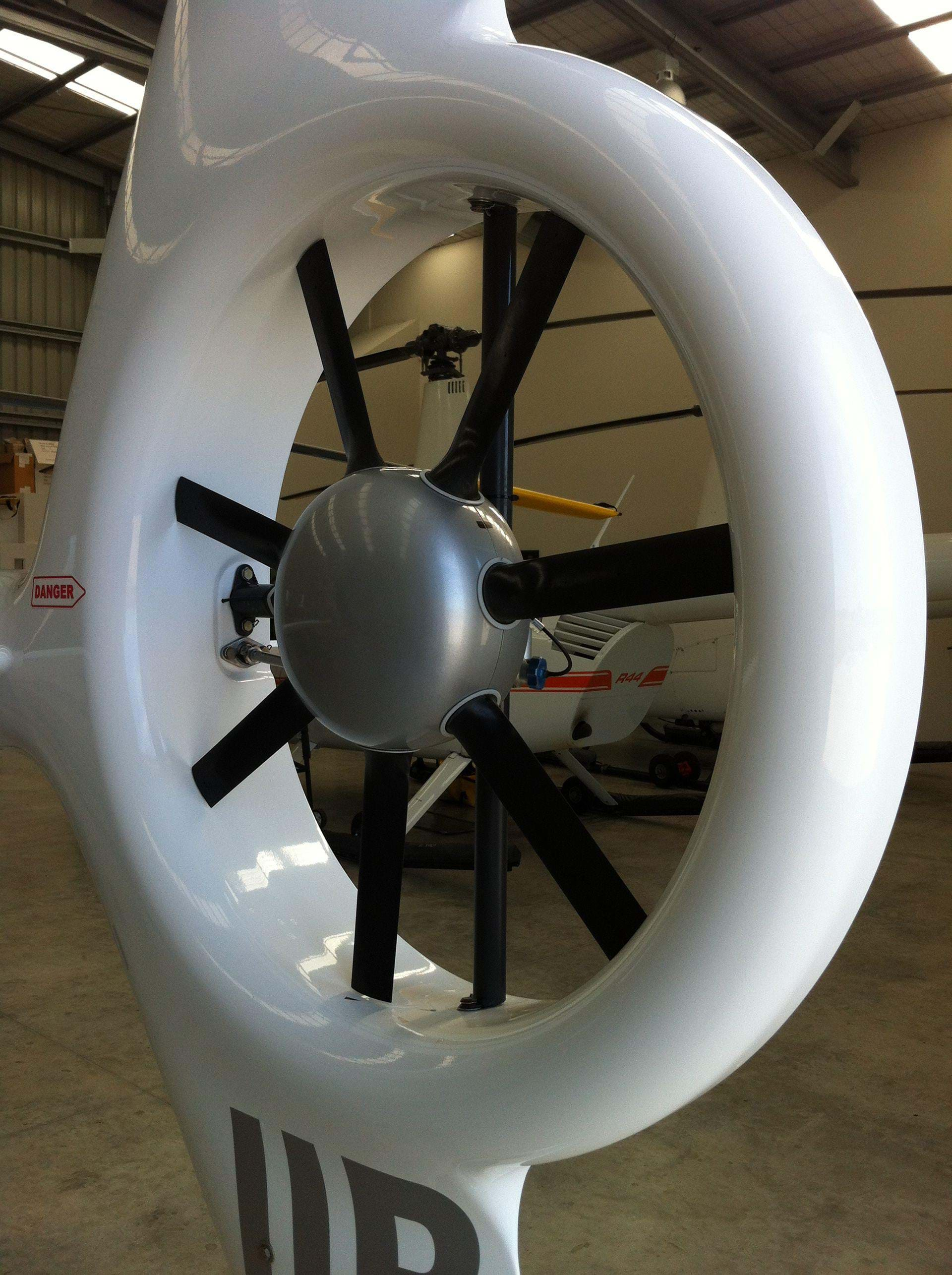The myth
Helicopter pilots seem to congregate in pubs and bars. I’m not sure why this is, perhaps that it’s because as a group, we live in a world where on most flying days we have anything from a ‘huh, that was interesting’ through to a ‘Ohhhhh $%#@’ moment. Or maybe it’s because the industry can be so depressing at times that we feel we need to drink away our sorrows. Whatever the case, whenever you get a bunch of pilots together, the group will end up at the bar. These sessions are great for swapping stories about the time where you executed the perfect landing in conditions that would have killed mere mortals, or discussing the time when the helicopter decided that it was going to cease being controllable just at the wrong moment but somehow you are there to talk about it. Whenever pilots from the outfit I’m flying for get together, someone will usually mention LTE. Over the last few years, it has become clear to me that a lot of pilots don’t know enough about LTE and continue to use it as an excuse for poor technique.
What's LTE?
LTE (Loss of Tail Rotor Effectiveness) is an aerodynamic situation where the aircraft experiences an uncommanded yaw and the tail rotor thrust at that particular time isn’t sufficient to stop it. The way a tail rotor works is that it draws air from one side, accelerates it and pushes it out the other side generating thrust. When you push on the power pedal (the pedal you use to counteract torque. Left in US machines, right in clockwise rotating aircraft), more pitch will be put on the blades and a greater the amount of thrust will be generated. The tail rotor generates thrust in much the same way the main rotor does.
LTE is said to be brought on by operating in the wind and there are three azimuths that are thrown about it text books. We’ll look at them individually.
120 degrees to 240 degrees: ‘The Weathercocking Region’
This is the one that seems to give people the most grief. A look through accidents ‘blamed’ on LTE and it’ll mostly be somebody landing or operating downwind. More specifically, it appears to be people using the non-power pedal to swing the tail around. Allowing the aircraft to yaw around with the influence of torque when there’s wind requires much care and attention at best, at worst, it’s downright dangerous.
What happens is that the wind will catch anything with surface area and push on it. The vertical stabiliser is a good wind catcher. Because you aren’t actively making the aircraft yaw but allowing it to, if you get it wrong it’ll flick around. Usually, the aircraft will end up into wind and all will be well. If you really stuff it up, the momentum that builds up will overcome the weathercocking tendency and the aircraft will flick back to the point where the wind will catch the stabiliser again. You will then either have a bit of a fright or a very bad day.
This is where it becomes a little interesting to note that this wind azimuth has no effect on the tail rotor itself but more on the flat areas of the aircraft. Working a helicopter often necessitates operating downwind and it’s perfectly safe if done correctly. If the operation necessitates a turn downwind at low speed, it’s best to do it with power pedal and slowly.
210 to 330 Degrees ‘Tail Rotor Vortex Ring Region’
Wind from this region will most definitely affect the tail rotor. We said before that the tail rotor generates thrust in the same manner as the main rotor. On North American machines, this means drawing air from the right hand side and pushing it out the left; creating thrust to push the nose of the aircraft left. Everybody’s seen the photos of helicopters flying through smoke or spray with the vortices coming off the tips of the blades. Well, the same thing is happening to the tail rotor. The air leaving the tips of the blades creates a vortex and subsequent drag. When you add a left crosswind, the vortices get blown back into the tail rotor, changing the angle of attack on the disc. Now you have air trying to go through the tail rotor from both directions. Those familiar with Vortex Ring State will know where this is heading. The concept is the same but the tail rotor won’t actually enter VRS due to the constantly changing angles of attack either through pedal movement or tail rotor flapping. If it did, the aircraft would flick around as the tail rotor thrust decreased and as any helicopter pilot will know, you can hover with a crosswind from the left.
There isn’t really a way of preventing this. If you’re operating with a left crosswind, just hold your heading. You will be having to dance on the pedals a little depending on the aircraft and the wind strength but it should be manageable. The same thing applies to flying sideways to the left. As long as you try and hold your heading and use as much pedal as necessary, the operation is perfectly safe. Where this really becomes exciting is when the weathercocking tendency overcomes the VRS tendency and the aircraft flicks around to the left. Interestingly, a strong wind from the right, while more stable, increases the requirement for left pedal far more than any other direction and yet this is never mentioned in terms of loss of directional control. The only time I have ever run out of left pedal and have had any worries about directional control is with a strong wind (or flying sideways) with the wind from the right. (The azimuth is opposite for aircraft with a clockwise rotating system)
285 to 315 Degrees ‘Main Rotor Vortex Interference’
This follows much the same principle as operating with a crosswind from the left. From this very small azimuth, it is said that the vortices off the main rotor get blown into the tail rotor creating a tail rotor vortex ring type effect. In my experience, putting the wind through this azimuth doesn’t create any discernible effect on yaw control. I think that the region is just so small that by the time any effect is felt, the tail has already moved away from it. In addition, the azimuth is so close to the ‘Vortex Ring Region’ that if it exists, it gets felt at the same time. In fact, in the process of writing this, I’ve conducted a little in-flight research just to confirm my theory. In case it does in fact happen, the problems and solutions are the same as hovering with a crosswind from the left. (As above, for clockwise rotating systems, the azimuth is on the right hand side)
So, what's happening?
Aircraft designers put a lot of effort into designing their products. Tail rotors usually get their own team of experts. Aircraft don’t go into production unless they have been proven to operate effectively and safely in crosswinds. Different aircraft do have different characteristics though.
The Bell 206 (pictured above) is over-represented in LTE statistics. This is primarily due to it having a large vertical stabiliser and a relatively small tail rotor. There is in fact a diagram in the Rotorcraft Flight Manual cautioning pilots about the dangers of operating with a crosswind from the right not left. A wind from the right catches the fin and tries to turn the aircraft into it to the point where pilots run out of left pedal. Again, this has nothing to do with the aerodynamics of the tail rotor, but of the aerodynamics of the aircraft itself.
Older doesn’t necessarily mean worse. The FH1100 (pictured above) which was designed before the Bell 206 has a wonderful tail rotor on it. It probably isn’t as efficient as newer helicopters but I have never come close to having any directional control problems. Then again, Hiller had been building helicopters for quite a long time even at this point.
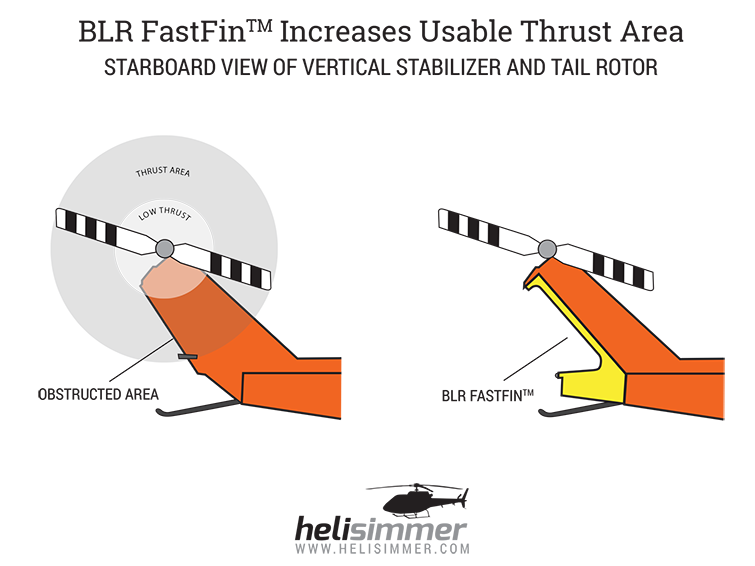
Design features such as those incorporated on Augusta’s newer helicopters and modifications such as BLR Aerospace’s ‘Fast Fin’ (pictured above) fitted to the Bell 205, 212 and 412 aircraft are ways of decreasing the amount of disc area affected by the vertical stabilizer in an attempt to increase the efficiency of tail rotors.
Other methods of anti torque get lumped into the LTE blame game. The Fenestron tail gets represented in statistics. The Fenestron isn’t susceptible to the same aerodynamic issues that a conventional tail rotor is however its large fin certainly catches the wind and poor technique has led to a number of mishaps. The new Cabri has certainly had more than its fair share of accidents due to this.
The Fenestron requires a slightly different technique when flying at low speed, however, the design is exceptionally efficient. Eurocopter issued service letter 1673-67-04 in 2005 in an attempt to highlight the fact that accidents blamed on LTE are actually pilot initiated.
A German friend and I were talking recently about this subject and he said something very interesting to me. Where he was taught to fly in the US, they preferred the term Loss of Tail Rotor Efficiency not effectiveness to describe the traditional loss of control due to wind. This made me think. I believe that this is a far more accurate description. Given that we have looked at the wind azimuths and talked about one that has no effect on the tail rotor at all and one that may not even exist in reality, a crosswind from the left doesn’t, in my opinion, cause the tail rotor to loose effectiveness at all. A crosswind from the left does seem to cause a loss of efficiency in the tail rotor. The tail rotor is still effective and you can maintain yaw control. You have to work a little harder due to the wind changing the efficiency of the tail rotor disc.
The truth behind LTE
Tail rotors lose effectiveness in only one situation really: low RPM. I remember back to when I was doing my Hughes 500 type rating. This was my first turbine and there were three of us on board with full fuel in a C18 powered C Model. Doing a pinnacle approach up at around 2000ft on a relatively hot day I started to slow the aircraft on approach and bring in some power. The 500 requires a lot of pedal to keep it straight and as I was adding power and left pedal, I neglected to notice the RPM start to drop slightly. Continuing to slow the aircraft and adding power and pedal at the same time only served to worsen the situation as the governor was unable to keep up and in my inexperience I didn’t try to ‘beep’ the RPM up.
By the time I did, it was too late as the situation was feeding on itself and the added power and power pedal only dragged the RPM down further. The instructor was of course trying to talk me through the situation but it did no good. With the RPM down around a measly 450, the tail rotor no longer had sufficient RPM to counteract the torque that I was pulling and I began to lose directional control. At this point the instructor stepped in and flew away from the situation.
Even with the low RPM, the main rotor was generating enough thrust to keep the aircraft flying but the subsequent drop in tail rotor RPM was too much. The 500 is my daily ride now and I can say with authority that it takes a lot of mismanagement to get into that situation. The fact that I was able to maintain directional control to such a low RPM though indicates how good a tail rotor the 500 has.
Recovering from LTE
Recovery from LTE will depend on what you’re doing with the aircraft at the time. The best method is prevention, obviously. However, let’s say that you’ve stuffed it up and the aircraft is rotating. The first thing is to get that power pedal in. This might sound obvious but from the accident reports, pilots in this situation often don’t put sufficient pedal in. Push it all the way to the stop if you have to and hold it there.
You might not stop it on its first rotation but as the aircraft comes back around into wind, the weathercocking tendency should assist in slowing the rotation. You might get a slight rotor droop doing this, especially if you are heavy however, your first priority should be to regain yaw control.
You may want to try lowering the collective to reduce the torque but this will depend on how close to the ground you are and how much height you want to lose. If you are up higher, on a photo job for example, you have a little bit more time on your side. Simply getting some airspeed should get the aircraft straightened out and you may also have the luxury of being able to lower the collective.
I’ve talked to a number of people who advocate rolling off the throttle to reduce torque. The trouble with this however is the subsequent reduction in tail rotor RPM may worsen the problem before it solves it. A positive ‘chop’ of the throttle that reduces the torque but maintains RPM (momentarily) if you are close enough to the ground may be a better alternative.
Recovery is really down to the pilots own judgement and experience. One thing however that needs to be drilled into pilots is that in the event of a loss of yaw control; don’t be afraid to push the pedal to the stop and hold it there.
Many pilots will be spitting tacks at this point I’m sure. A number of you may have claimed to have had LTE that came out of nowhere; some may have even had an accident that was attributed to it. If this is the case, stop and be professional for a second and really think about what you were doing at the time. In terms of wind direction, of the three azimuths, one doesn’t affect the amount of thrust the tail rotor produces, one, in my mind, doesn’t exist leaving only one that may make the tail rotor loose efficiency but certainly does not make it loose effectiveness.
I operate in all three of these wind directions every day into landing sites that are small and often come with a tail wind attached. In the three years that I have been in this job and the three years I was instructing before that, I have never had a time where the tail rotor lost effectiveness. All of the times where I have had to go to full pedal to maintain direction have been with a wind from the right trying to weathercock the aircraft and the tail rotor has still been producing the same amount of thrust.
LTE is not a mythical beast that comes out of nowhere and grabs the unsuspecting pilot. The simple fact is that LTE is completely pilot induced. Sure certain helicopters seem to be more susceptible than others but at the end of the day, the burden of responsibility lays not with tail rotor design or wind but with the soft squishy thing located in the command seat.

